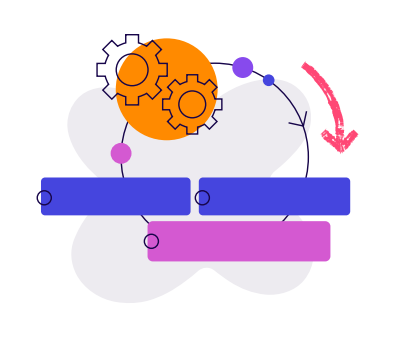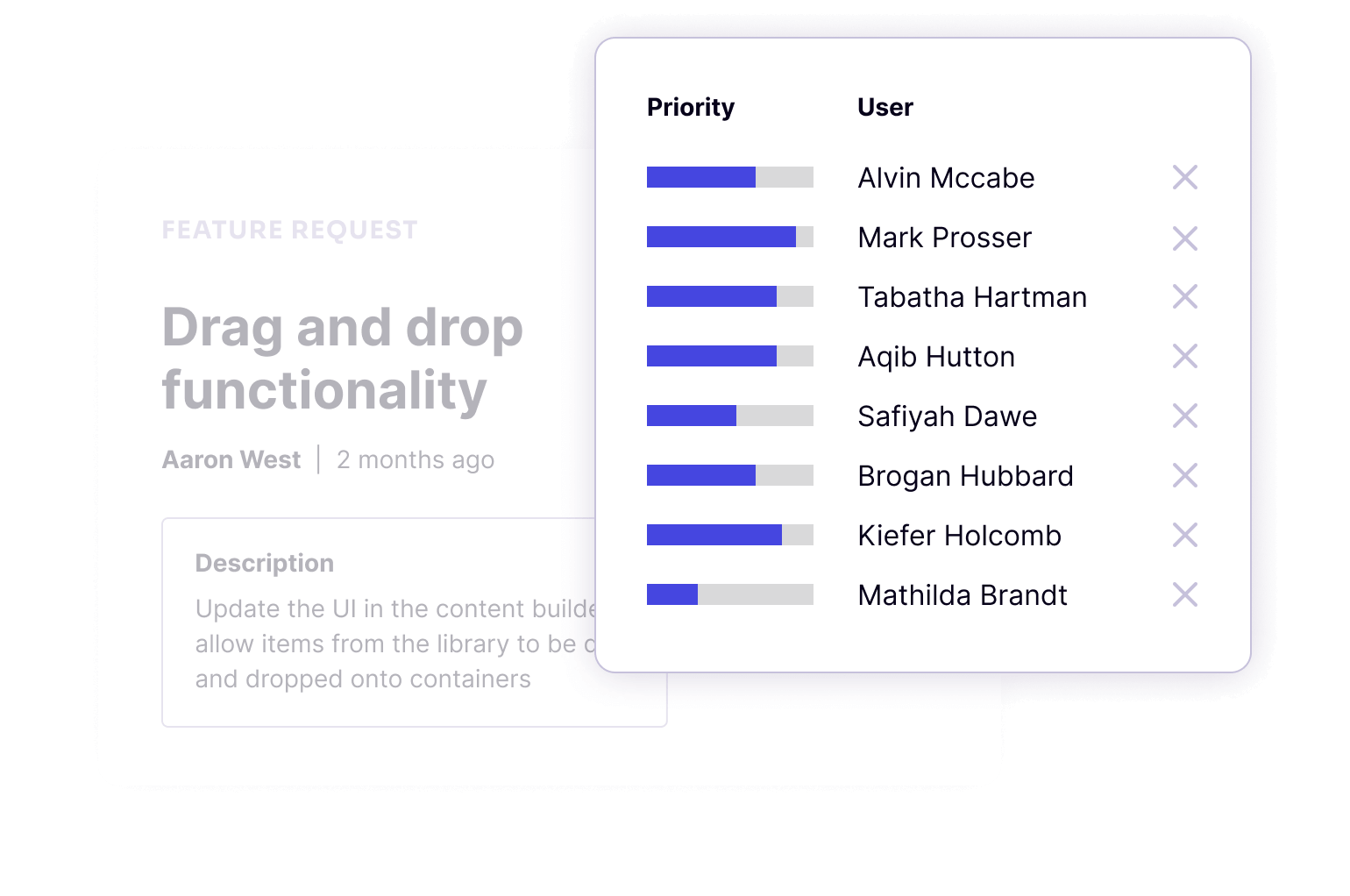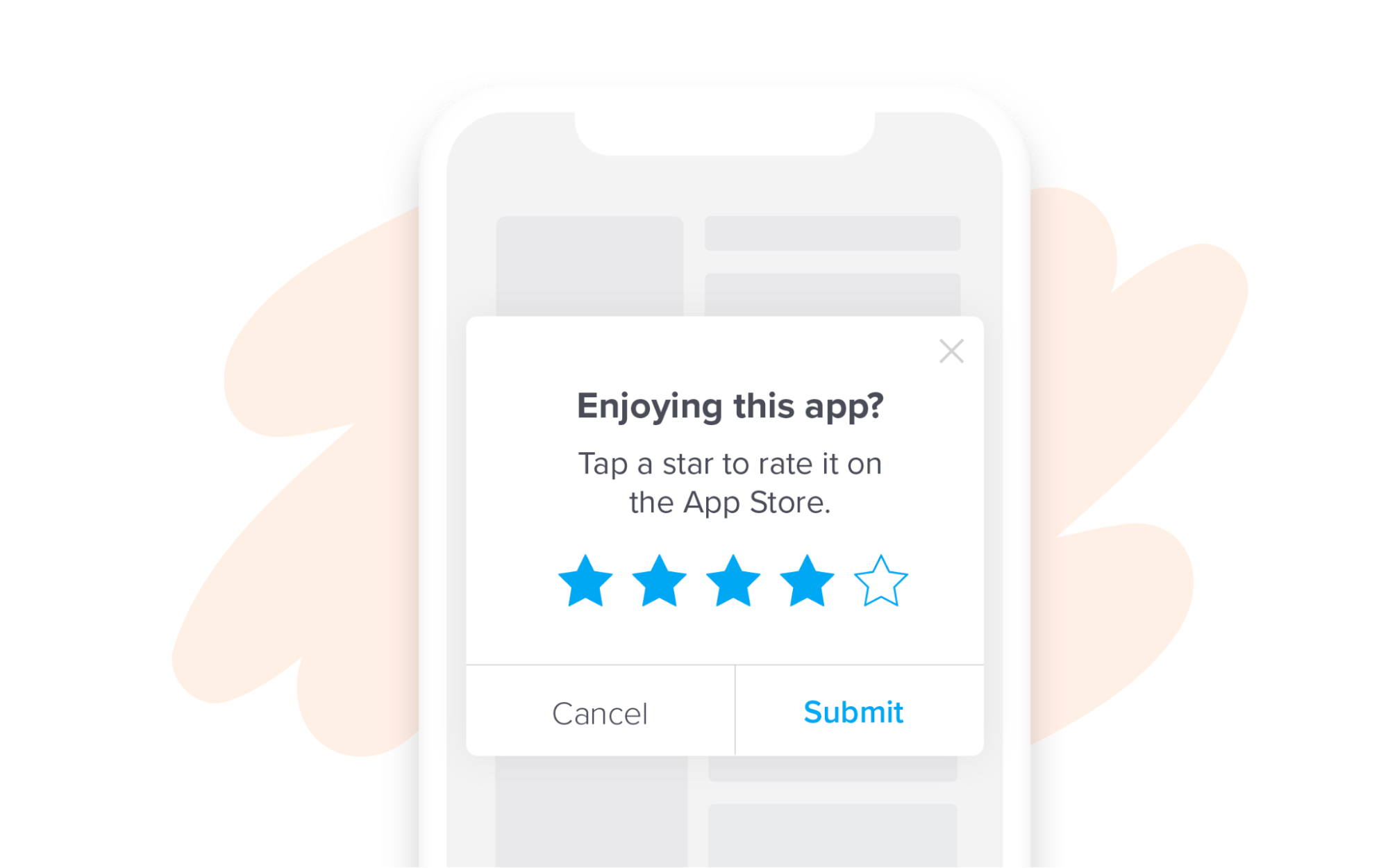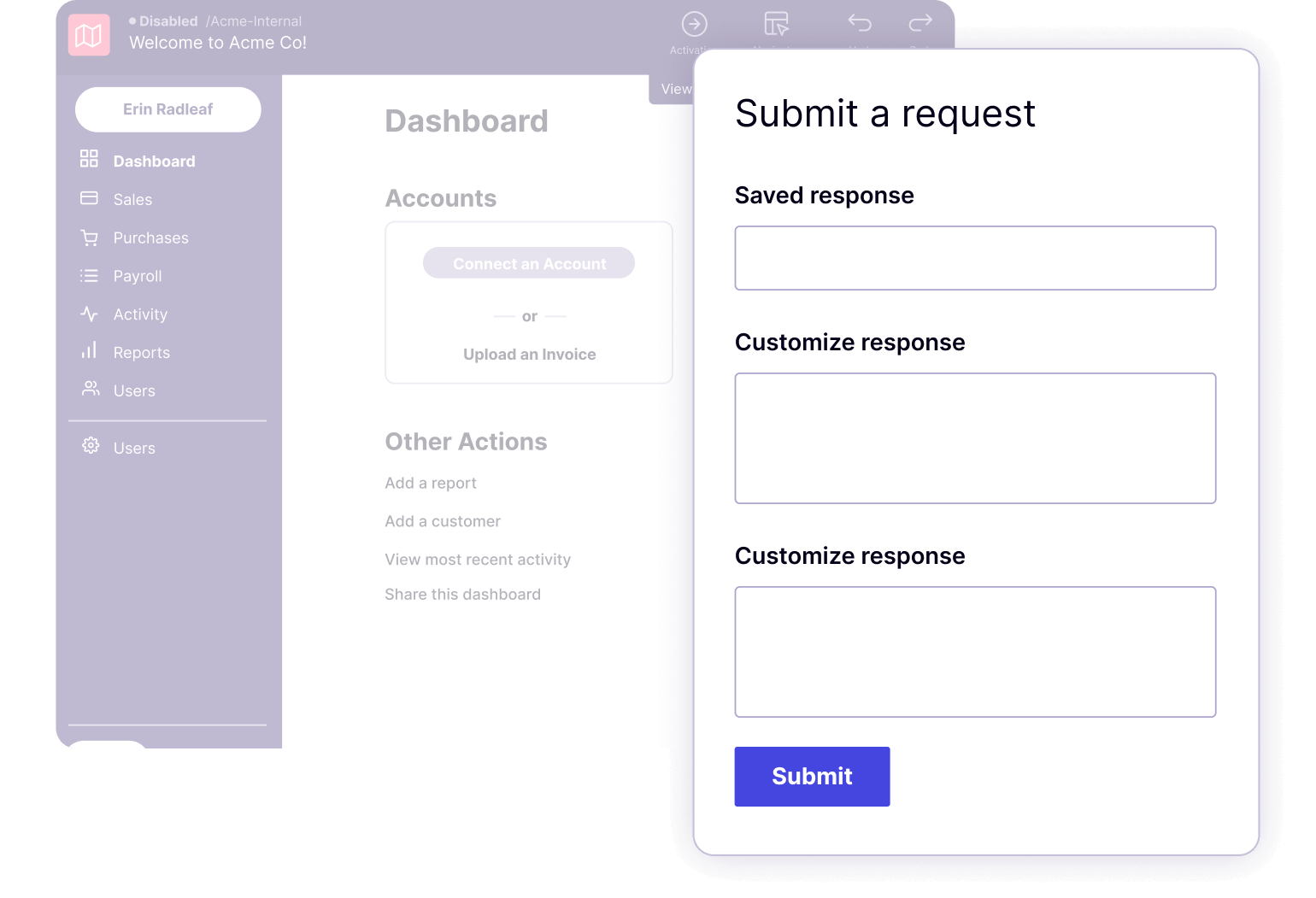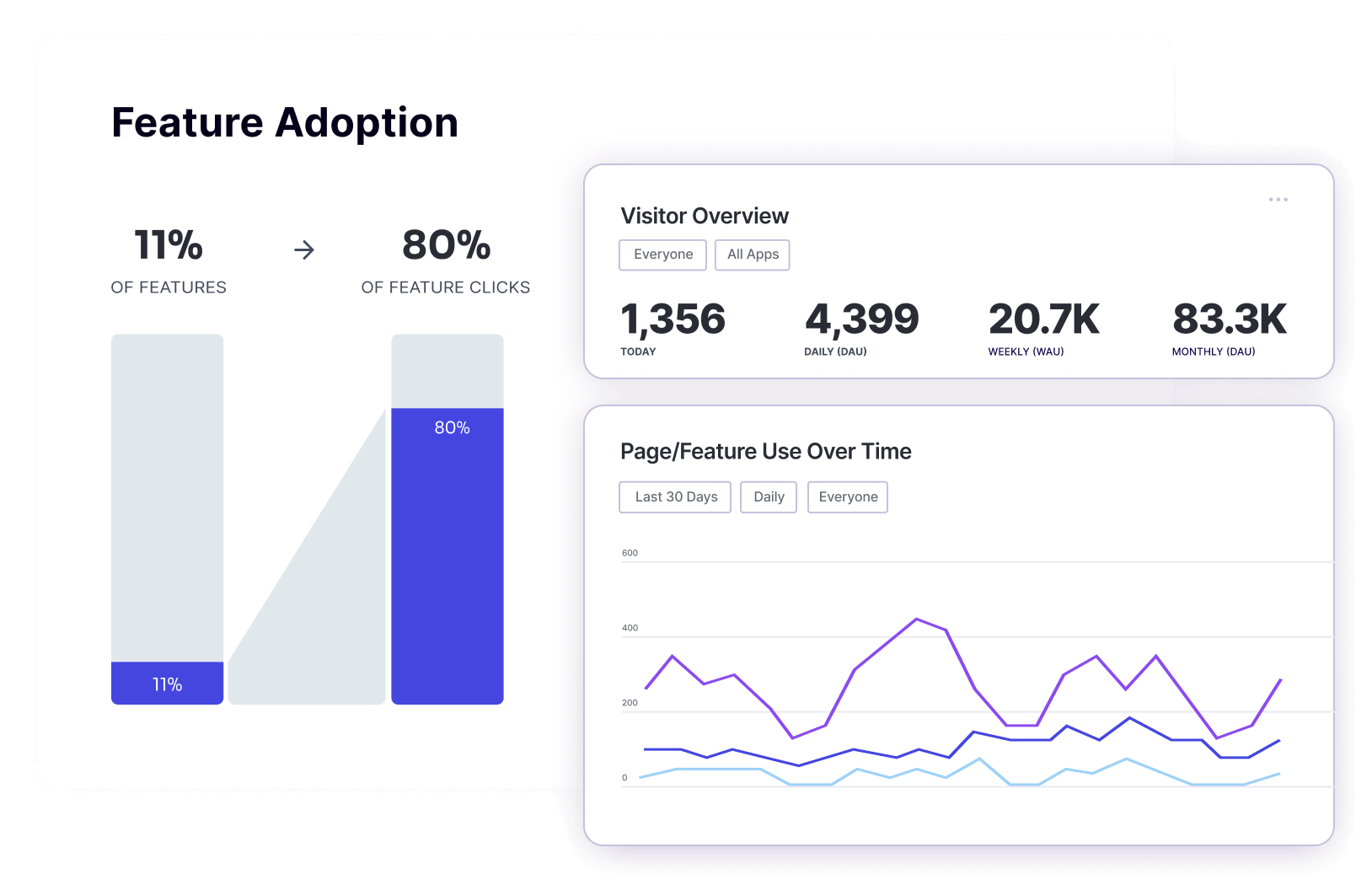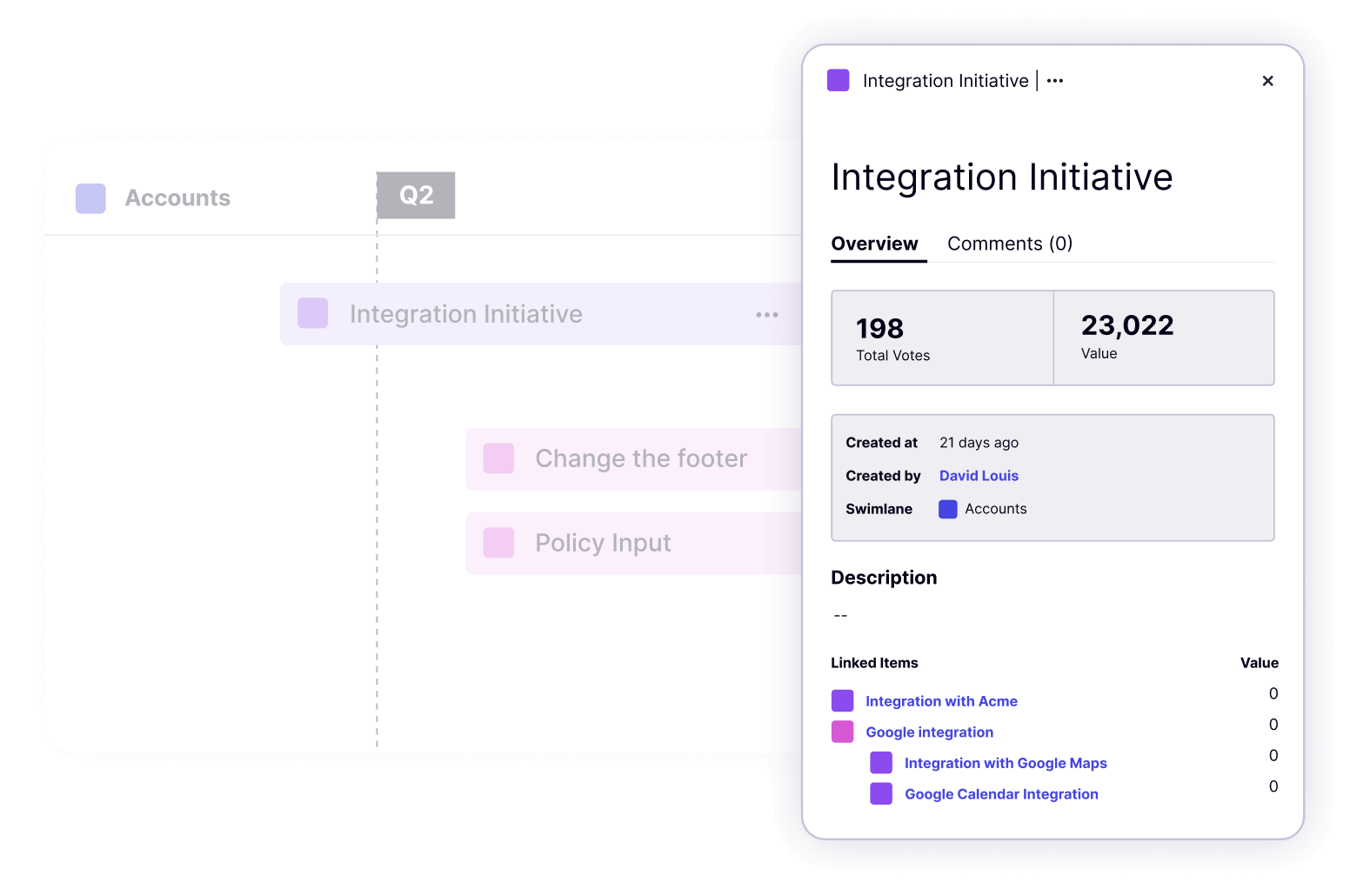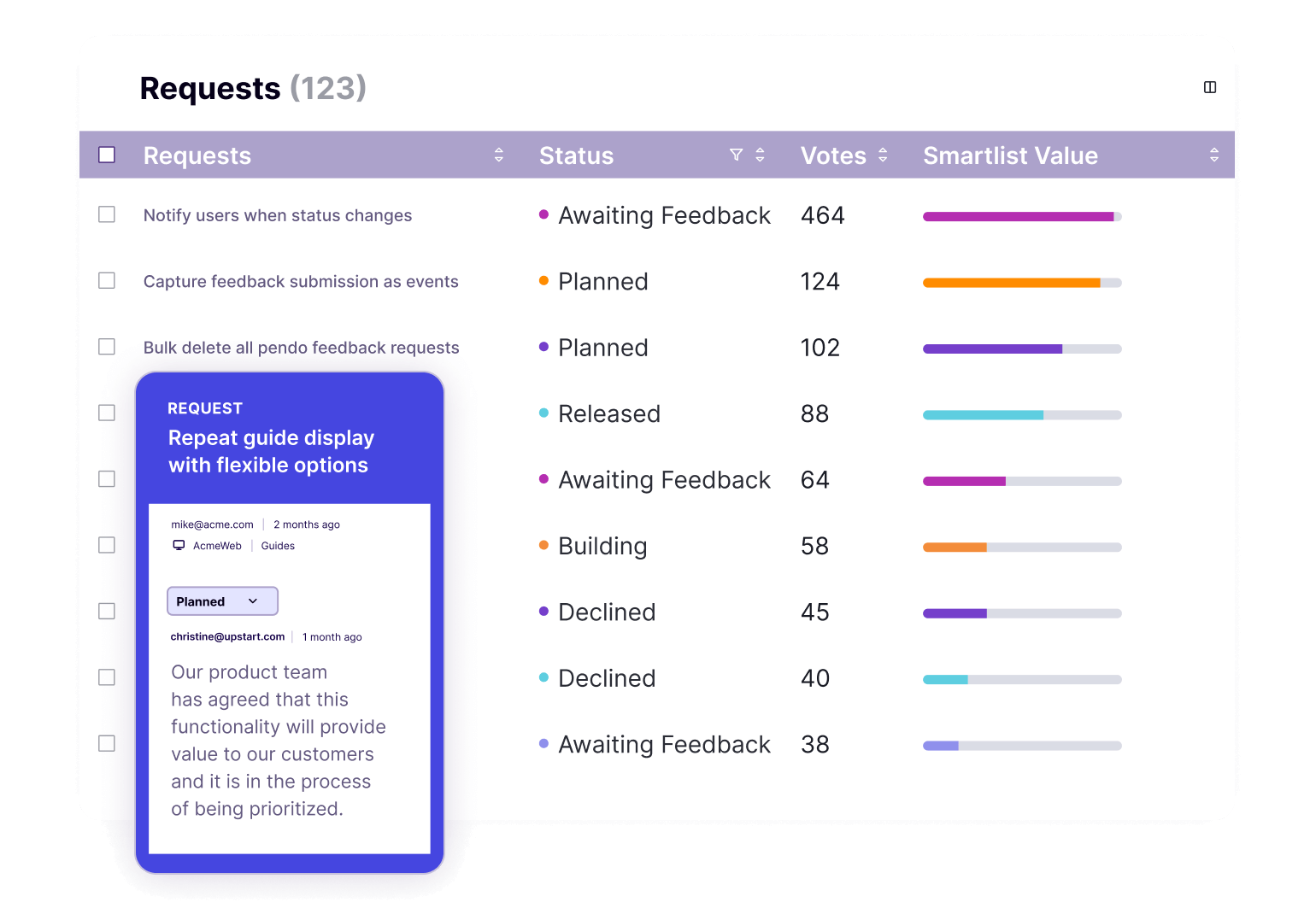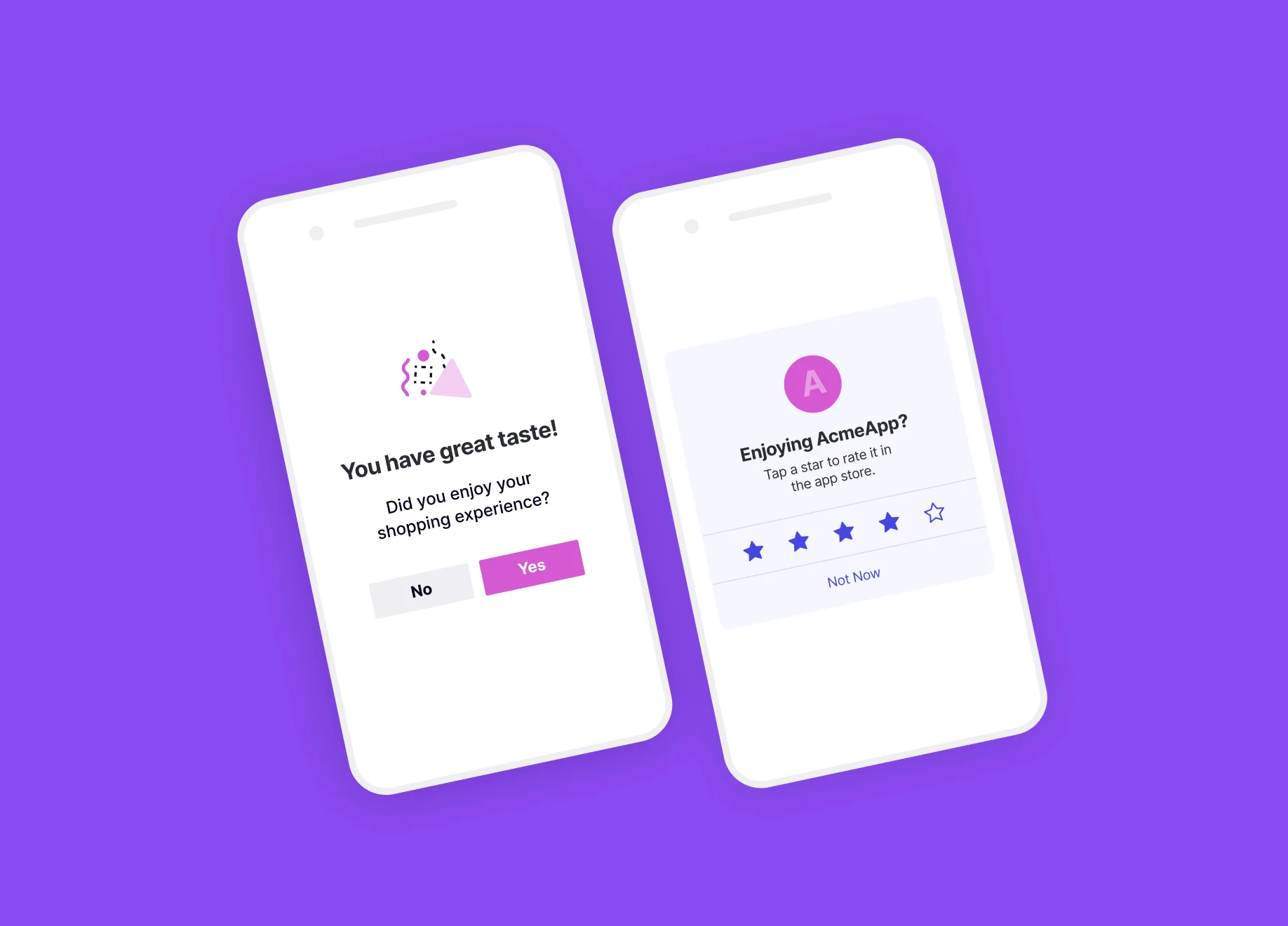
DEEP DIVE – 10 Minuten Lesezeit
Kundenfeedback
Von Kunden gemachte Angaben zu ihrem Erlebnis mit einem Produkt bzw. einer Dienstleistung.
Tiefere Einblicke
Inhaltsverzeichnis
Was ist Kundenfeedback?
Customer feedback is information provided by customers about their experience with a product or service. Its purpose is to reveal their level of satisfaction and help product, customer success, and marketing teams understand where there is room for improvement. Companies can collect customer feedback proactively by polling and surveying customers, interviewing them, or by asking for reviews. Teams can also passively collect feedback by providing users a place in the product where they can share comments, complaints, or compliments.
Ein Video, das Kundenfeedback erklärt und wie man es nutzt
Without customer feedback, a company will never know if customers are getting value out of their product. Without knowing if they’re getting value, the product and go-to-market teams won’t know if they’re nurturing loyal customers (not to mention be able to measure customer retention and customer health). And without loyal customers, well…
Gartner zufolge „haben die zentralen Erfahrungen von Kunden mit einem Unternehmen einen wesentlichen Einfluss auf deren langfristiges Wechselverhalten und spiegeln wider, welche Faktoren tatsächlich treuefördernd wirken“. Wie findet man heraus, welche Erfahrungen von zentraler Bedeutung waren? Durch Kundenfeedback.
Welche Best Practices gibt es bei der Erfassung von Kundenfeedback?
Bevor Sie Feedback von Kunden sammeln, ist es wichtig, klare Prozesse und Service Level Agreements (SLAs) zu etablieren. Sie sollten beispielsweise festlegen, wo das Feedback gespeichert wird, entscheiden, wer für die Verwaltung verantwortlich ist, Klassifizierungsworkflows entwickeln und klare Erwartungen an die Kunden stellen, damit sie wissen, wie es verwendet wird.
Die folgenden Tipps sind ein guter Startpunkt, insbesondere wenn Sie zum ersten Mal ein Kundenfeedbackprogramm einrichten.
Erfassen Sie Ihre Feedback-Daten an einem Ort
If your customer feedback data is spread throughout multiple platforms and places (e.g. spreadsheets managed by disparate teams, content management systems, etc.), there’s no easy way to spot trends or identify themes. You’re also far more likely to feel overwhelmed by (and therefore never use) the feedback you’ve collected—leaving it to get lost in a dreaded black hole of unaddressed feedback.
The tools or systems you decide to use to manage and synthesize all your customer feedback data will largely depend on your organization’s overall goals and stakeholders, the size and scope of your team, and how you plan to use—and close the loop on—feedback submitted by customers. Ask yourself what you really need your centralized feedback hub to do: Are you a small organization that could get by with a spreadsheet or Trello board as you get started? Or would a more comprehensive system like Pendo Feedback allow you to scale and sustain your efforts?
Die zentrale Erfassung des gesamten Kundenfeedbacks ist nicht nur wichtig, um Trends und Themen zu erkennen, sondern auch um einmalige bzw. eher „marginale“ Anfragen zu erfassen. Die Dokumentation solcher weniger offensichtlichen Verbesserungsbereiche hilft Ihnen, in Zukunft nach ähnlichen Kundenkommentaren Ausschau zu halten. Außerdem dient sie als Inspirationsquelle, die Ihrem Produktteam sonst vielleicht nicht zur Verfügung stünde.
Einigen Sie sich auf einen Feedback-Managementprozess
Die Erfassung von und Reaktion auf Kundenfeedback ist oft eine teamübergreifende Aufgabe. Besonders in großen Organisationen oder Unternehmen kommt das Feedback aus unzähligen Quellen und wird von vielen Abteilungen beeinflusst. Daher ist es wichtig, einen klaren Prozess für die Verwaltung und den Austausch von Feedback einzurichten, mit dem Sie alle eingehenden Rückmeldungen in allen Bereichen des Unternehmens gut organisieren und im Blick behalten können. Das ist auch eine gute Gelegenheit, sich zu überlegen, wie Sie relevante Einblicke mit verschiedenen Teams im gesamten Unternehmen teilen.
For example, as the frontline of your business, customer success managers (CSMs) are privy to requests and feedback from customers that your technical teams (who likely don’t get much face time with customers) aren’t. Your CSMs can help your product and engineering teams understand whether a specific feature request is truly urgent and far-reaching—causing numerous accounts to become at-risk—or if it’s a cosmetic request that isn’t actually mission-critical. Creating a clear strategy for how these kinds of findings will be disseminated across the business is critical for avoiding the dreaded feedback black hole.
Außerdem müssen häufige Synchronisierungsmeetings mit allen Teams eingerichtet werden, die Ihre Kundenfeedbackdaten erhalten und damit arbeiten. Wenn sich diese Gruppen über Feedback-Trends und die Umsetzung von Initiativen auf der Produkt-Roadmap abstimmen können, treffen alle Beteiligten fundiertere Produktentscheidungen und sind in ihren Besprechungen produktiver.
Verfassen und teilen Sie eine Produktfeedback-Richtlinie
A product feedback policy is a critical—but often overlooked—element of any good Voice of the customer (VoC) or customer feedback program. It ensures that everyone (both internal team members and customers alike) understands how they can submit feedback, why their feedback matters, and how their feedback will be managed and used. Setting these clear expectations up front goes a long way towards creating accountability, mitigating potential confusion or frustration, and building trust.
If you’d like to create your own product feedback policy, try starting with this template and reviewing Pendo’s take on product feedback.
Erfahren Sie, wie CS-Teams Kundenfeedback nutzen können
Wie sammelt man am besten Kundenfeedback?
The best way to collect feedback is to meet your customers where they are: inside your product. Capturing feedback and requests directly inside your app results in higher response rates and engagement (since customers don’t need to take any extra steps to get to an external feedback submission page or portal), and better quality feedback (since they’re responding within the context of the product, as they’re experiencing it. There are several ways you can use Pendo to capture both quantitative and qualitative customer feedback, in-app.
1. In-App-Umfragen und Abstimmungen
With Pendo, you can collect both quantitative survey and poll data (e.g. Net Promoter Score (NPS) surveys, Customer Satisfaction (CSAT) surveys, or app store ratings) and rich qualitative responses or requests—or even better yet, a combination of the two.
In addition to higher response rates, the ability to keep an ongoing and consistent pulse on customer sentiment, and better quality experience insights, gathering this data inside your product enables you to control the timing and cadence of your surveys and polls. For example, if you’d like a customer to submit an app store rating, ideally, you should try to ask them about their experiences following a positive interaction with your product. Using Pendo, you can define the right behavioral triggers so that your customer is only served the survey after they successfully complete a workflow—rather than via an email or other external channel you can’t orchestrate.
2. Ressourcenzentrum
The best VoC programs capture both active and passive customer feedback. Passive customer feedback allows customers to submit their thoughts and requests whenever it’s most convenient for them. Not only does this self-service model allow customers to control when and how they share feedback, but it also allows you to keep an ongoing pulse on requests and to gather input about the product or customer experience you may not have considered or previously included in other, more targeted feedback collection programs.
A Resource Center is a great way to give customers an always-available avenue for submitting feedback (or staying abreast on product updates, revisiting onboarding guides, and easily accessing other useful support resources), directly within the context of your product or app. Adding Pendo Feedback to the Resource Center also allows customers to vote for and view in-app requests, helping to close the feedback loop and keeping users in the know about what’s coming next.
Wie kann ich meine Kundenfeedbackstrategie verbessern?
- Make it timely: Emailing a survey to a user may be asking more than they’re willing to give, especially because reading the email pulls them out of the product. Instead, survey them in-app so they receive the question while they are using the product. In-app surveys yield more accurate feedback and typically have higher response rates.
- Unkompliziert: Das Erheben von Feedback sollte gemäß den Präferenzen des Kunden erfolgen – nicht gemäß denen des Unternehmens. Was bedeutet das? Nun, wenn ein Kunde erst lange in dem Produkt herumsuchen muss, um ein Kontaktformular zu finden, dann ist es nicht gerade unkompliziert für ihn, das von Produkt- und Marketingteams ersehnte Feedback bereitzustellen. Auch gelegentliche Umfragen reichen nicht aus. Schlagkräftige Programme gestalten den Feedback-Mechanismus so einfach wie möglich und für alle Kunden jederzeit verfügbar.
- Make it smart: Customers should be able to rank their feedback priority—let them share what is most pressing for them, so that product, marketing, and customer success teams can better prioritize their actions. The product team should also be able to search and segment feedback data to better understand any patterns. At Black Diamond, the team sorts feedback by client type and revenue to see if similar accounts are having comparable issues, and then prioritizes accordingly.
- Geschlossener Kreislauf: Allzu häufig erheben Unternehmen Feedback, das dann in der Versenkung verschwindet und nie synthetisiert oder in Maßnahmen übersetzt wird. Sorgen Sie dafür, dass das Unternehmen über eine klare Vision und einen ebensolchen Prozess verfügt, bevor Feedback erhoben wird. Ebenso erforderlich ist ein Tool für das Erheben, Priorisieren und Verwalten von Feedback.
Anhand von Kundenfeedback Maßnahmen ergreifen
Sie haben eine Feedback-Erfassungsstrategie erstellt, alle Ihre Daten konsolidiert und aktiv Input von Kunden gesammelt. Was jetzt? Die Strategien zur praktischen Umsetzung von Feedback sind von Unternehmen zu Unternehmen unterschiedlich – je nach den Zielen, Geschäftsmodellen und Teamstrukturen –, sollten aber im Allgemeinen diesen Richtlinien folgen.
1. Kombinieren Sie qualitative und quantitative Daten
While product teams of the past have historically relied on anecdotal feedback and gut instinct, that no longer cuts it today. To build the best products possible, companies need data that paints a complete picture of the customer experience. With Pendo, you can bring your product analytics and usage data together with incoming feedback from users—so you can not only see how users are engaging with your product, but also understand what they think about that experience and why they’re using it that way.
Pairing qualitative feedback with quantitative data (like product usage and user metadata) is easy in Pendo. For example, when you view requests, you can also see contextual data about your customers at the user or account level (e.g. if they’re a free user vs. paying customer, how active they are in the application, etc.).
2. Verstehen Sie die Feedback-Dringlichkeit und quantifizieren Sie die Auswirkungen
Once you’ve started to identify and group themes in your feedback data (for example, through NPS Insights and synthesis), it’s important to understand the urgency of each request—and its associated value. This will help ensure that your product and development teams are focused on the right initiatives or features that will drive desired outcomes for the business—not just requests coming from the loudest voices in the room—while satisfying your most important or valuable accounts. In Pendo, you can sort requests by account value or number of votes to better identify which areas prioritize and focus on.
3. Verbinden Sie Daten mit Ihrer Roadmap
For product teams in particular, the roadmap is your North Star: The future state you’re working towards and the strategic direction you’re steering your product (and by extension, the company) in. Product analytics and customer feedback have an equally important role to play when it comes to informing your roadmap. And without them, you run the risk of devolving your roadmap into a reactive punch list of features—rather than an anchor of your company’s long-term strategy.
Using customer feedback to inform your roadmap is crucial for prioritizing engineering time, making the case for additional resources, and validating items already on your roadmap. This insight is also critical for understanding which products or features are underutilized or aren’t adding value for your customers (and why they feel that way)—so you can make more informed decisions about where you should continue to invest your time and energy.
4. Schließen Sie den Kreislauf
Even if your organization decides not to pursue a feature or request submitted by a customer, it’s critical to close the loop. Customers will quickly lose trust in your brand if they regularly share their thoughts but never hear back from you—regardless of whether you’ve decided to act on their feedback or not. With Pendo Feedback, you can easily automate this process and send a short message to your users whenever the status of their request changes.
And regardless of whether you’re managing your feedback in spreadsheets or in a scalable system like Pendo, a Product Feedback Policy is one of the best and most efficient ways to set clear expectations with your customers from the start. This policy sets clear standards that tell them exactly what to expect once they hit “submit” on their feedback—including when they might hear from you, how you plan to manage and use their feedback, and the benefits of sharing their input.
Dies könnte Sie auch interessieren

5 Leitprinzipien für das Sammeln von Kundenfeedback
So nutzen Sie Pendo Feedback, um effizient zu wachsen – und etwas zu bewirken

